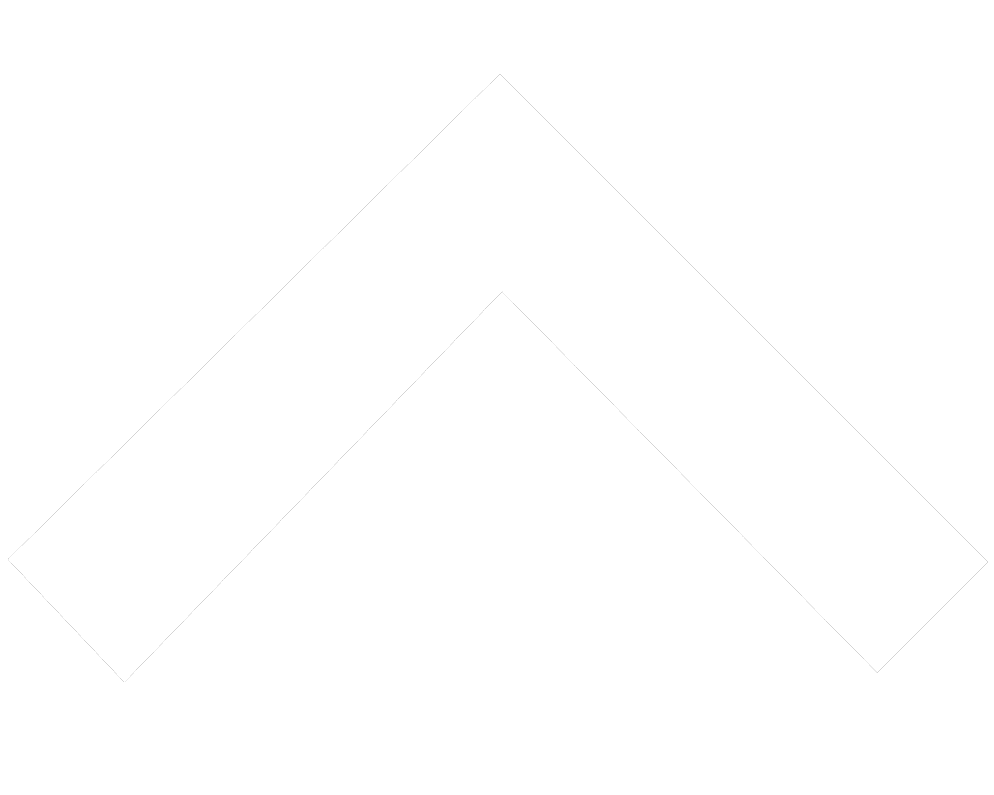High-profile businesses need data scientists to spot new trends through data analysis and analytics, which has contributed to the increase in demand for these professionals. If this profession interests you, you’ll need an understanding of mathematical concepts and computer science, with training in the best programming languages for data science.
Throughout this guide on the most popular languages for data science, we’ll explore the top five languages in depth, including today’s best language for data science programming. You’ll also find a simple guide on how to learn data science. Read on to discover the best data science programming languages.
What Are Data Science Programming Languages?
Data science professionals use programming languages such as R, Python, SQL, JavaScript, and C/C++. Each data science language has unique functions with advantages and disadvantages. Some languages are better suited to data science than others.
Data science, as a field, combines programming skills, domain expertise, and knowledge of statistics and mathematics to get insights from data. Data scientists use machine learning algorithms and apply them to text, numbers, image processing, audio, and video to produce systems that perform tasks that do not require human intelligence.
The systems are then used to generate insights for business intelligence purposes. The processes of data science include statistical analysis, high-performance numerical analysis, scientific computing, predictive analysis, and statistical computing.
5 Best Programming Languages for Data Science
- Python
- R
- JavaScript
- C/C++
- SQL
Top 5 Data Science Programming Languages: A Closer Look
The top 5 most popular programming languages for data scientists today are powerful tools that complete a wide variety of data science tasks. Learning one of these powerful programming languages while gaining skills in concepts such as statistical modeling and deep learning algorithms can propel your path into a data science career.
1. Python
Python is a popular programming language used among data scientists, particularly because of its wide range of uses. This high-level programming language is the main language of choice for deep learning, machine learning, and artificial intelligence tasks. It also has powerful libraries that make tasks easier to complete. Popular libraries for machine learning include sci-kit learn, Keras, TensorFlow, and matplotlib.
Python is considered the best language for data science as it supports analysis, data collection, visualization, and modeling, which are crucial tasks in big data and data science. This data science language is also used for automation, providing valuable data and helping data scientists save time. The statistical programming language is also used for software development and desktop application development.
2. R
R is a powerful scripting language. It is used to analyze, clean, and graph data before using it. Researchers from different disciplines use this programming language to estimate results and display them. It has become more popular in data science spaces for several reasons.
It fosters an environment for computing and graphics, which is why it is used in big data, machine learning, and data science. Since R is a scripting language, it can handle complex and large datasets. It comes in handy while performing statistical operations.
3. JavaScript
JavaScript is a popular open-source language that is used for web development. It is preferred because it offers the capability of developing rich, interactive web pages. It is also useful as a data science language because it helps create visualizations to cover big data. Even though JavaScript doesn’t have data science packages, it offers tools like TensorFlow.
4. C/C++
C is a high-level, general-purpose programming language. Many new programming languages use C as their codebase. This programming language offers the ability to compile data quickly.
C++ programmers can have more command over applications with this language. Since it is more of a low-level language, it allows developers to fine-tune aspects of applications that are not normally possible.
5. SQL
Structured Query Language (SQL) is an excellent language to learn if you want to pursue a career in data science. SQL gives access to statistics and data and handles structured and unstructured data. A database language like SQL is essential in handling databases. Also, the programming language is non-procedural, meaning that it doesn’t need to follow traditional programming logic.
What Is the Best Language For Data Science to Learn First?
Python is the first programming language you should learn to become a data scientist. It has large libraries that are able to deal with the complexities of data science applications and the largest community of users. Among data science languages, Python is a versatile language with a simple syntax, enabling learners to grasp it quickly.
Is It Possible to Choose the ‘Wrong’ Programming Language For Data Science?
Instead of looking at it as the wrong language, you need to look at which data science language would best suit your project. Python and R are the most popular when it comes to data science because they are open-source languages that have huge community support. Not all programming languages are suitable for handling and analyzing data.
How to Learn Data Science: Programming Languages and Beyond
Learning data science is easier than it’s ever been with the help of the Internet. You can enroll in college and study data science or simply attend a free data science bootcamp. The latter option is quicker and cheaper and will give you a good start in the data science field.
Learn Python
Python is the most widely used language among data scientists. This programming language is simple and versatile and comes with powerful libraries to reduce your need to code. Once you grasp the basic concept of Python through hands-on tutorials, you can move on to other more complex languages.
Study Statistics
Data science involves gathering, cleaning, analyzing, and presenting data to find useful business insights. This means statistics is an important part of data science, particularly when it comes to the collection of data. Once the data is collected, it is analyzed and interpreted. Once interpreted, statisticians will draw a conclusion that helps business owners to make informed decisions according to trends.
Join a Community
The world of data science is ever-changing. To stay on top of new trends and learn new ideas, it’s a good idea to join a community. Kaggle has become a popular community for data scientists. You can share your work, find data sets, and even enter competitions. Open Data Science is another active community that brings scientists, professionals, and students together. It’s a great place to learn about new trends as well as job listings.
Build Projects
It is essential to build projects to practice what you are learning. It helps to code from scratch to see how it really works. This will give you a clearer understanding of the underlying mechanisms. In no time, you will have mastered the skills you need to pursue a career as a data scientist.
Top Resources to Learn Data Science
A career path in data science is in sight with these top resources. The below resources are a great choice for beginners just starting their data science journey, with tutorials that offer both a basic understanding of data science while developing key coding skills and other technical skills.
- Codementor. This website offers professional and beginner tutorials. Some of the topics it covers include guides on how to analyze data, machine learning, and other basics of data science.
- Analytics Vidhya. This website offers tutorials for data science with R. Learn the basics of programming, data manipulation, predictive modeling, and data exploration.
- KDnuggets. There are several tutorials for data science students on this site. Learn about data science processes, as well as the basics of data visualization. The website also covers data scientist interview questions to help you find entry-level jobs.
- Flowingdata. This website teaches readers how to analyze, present, and understand data. It includes practical guides, as well as real-time examples to help you practice what you are learning.
- Reddit. Reddit is a well-known forum to learn everything under the sun. It offers a resource for members to share research papers and data mining resources. You can also use this forum to ask any questions you may have while learning.
Ready to Break Into Tech?
The data science field is growing because it can be applied to many different industries. If you want to pursue a career in data science, start by mastering one or all of the best languages for data science. Python is the recommended programming language for beginners because it is easy to use and useful for statistical analysis. Master Python, then move to other languages like SQL, JavaScript, R, and C/C++.
Best Programming Languages for Data Science FAQ
C++ is good for data science because it has rapid processing capabilities. Even though it’s one of the earliest programming languages, the compiler offers great speed and can be used to develop big data applications.
R is better for data science when it comes to data visualization and statistical calculations. However, Python is a better option for artificial intelligence, big data, natural language processing, algorithms, and deep learning.
Python is the most popular data science programming language because it offers many features that make the work easier. Python is an older programming language with high-performance data science frameworks. Due to its popularity, it has a huge support network.
Both SQL and Python are important for data science. However, Python is a better language to learn for beginners. It has easy syntax so you’ll have no problem learning it quickly. Python is a good base for learning other languages.

"Career Karma entered my life when I needed it most and quickly helped me match with a bootcamp. Two months after graduating, I found my dream job that aligned with my values and goals in life!"
Venus, Software Engineer at Rockbot
About us: Career Karma is a platform designed to help job seekers find, research, and connect with job training programs to advance their careers. Learn about the CK publication.


